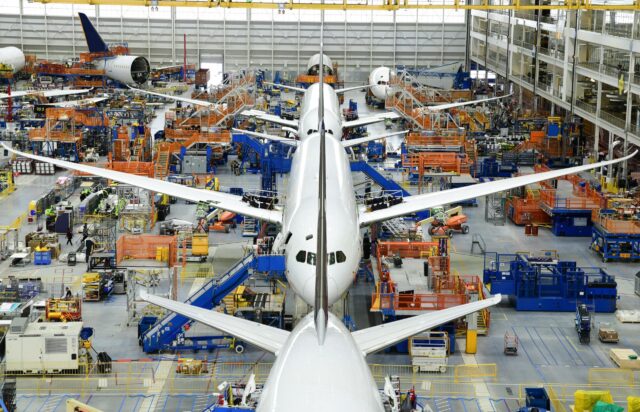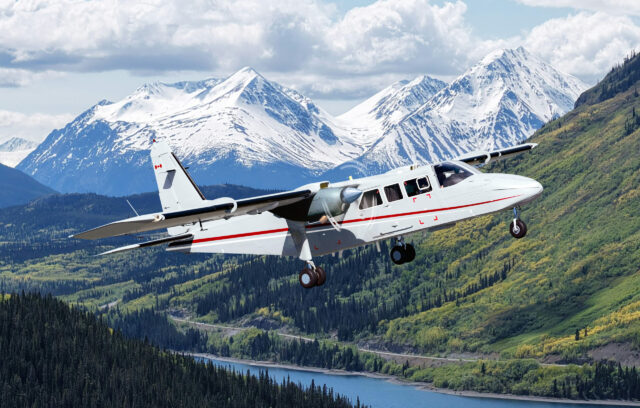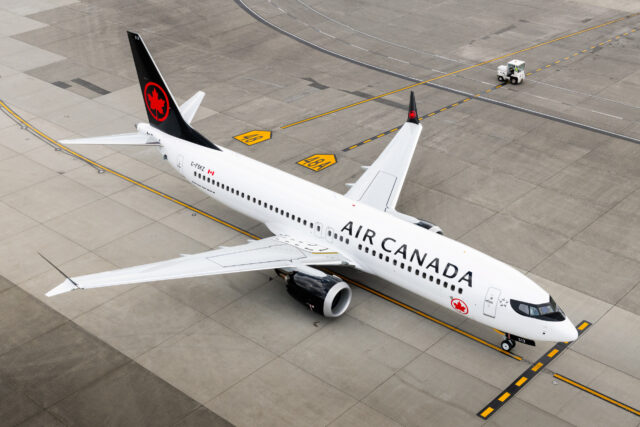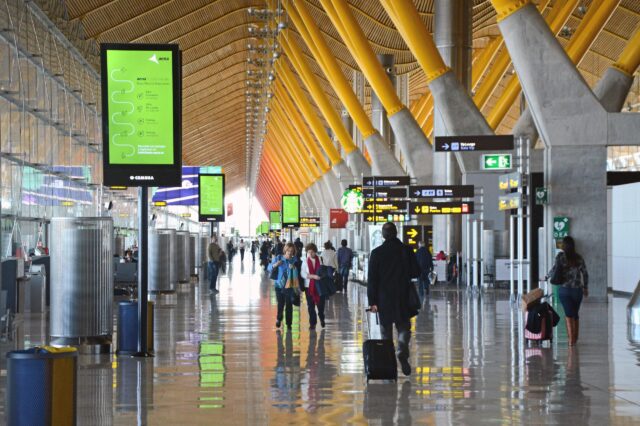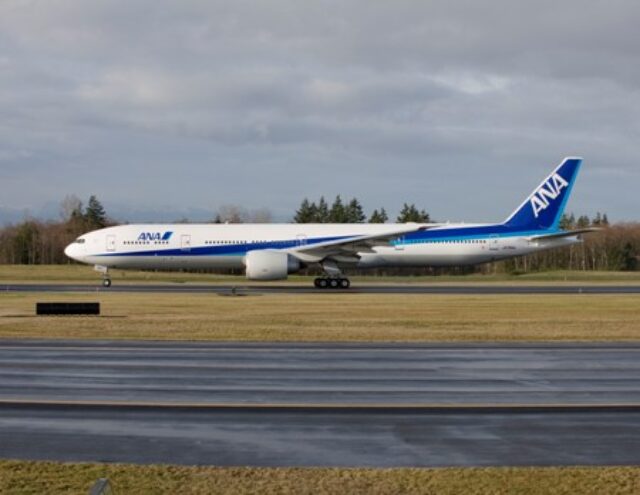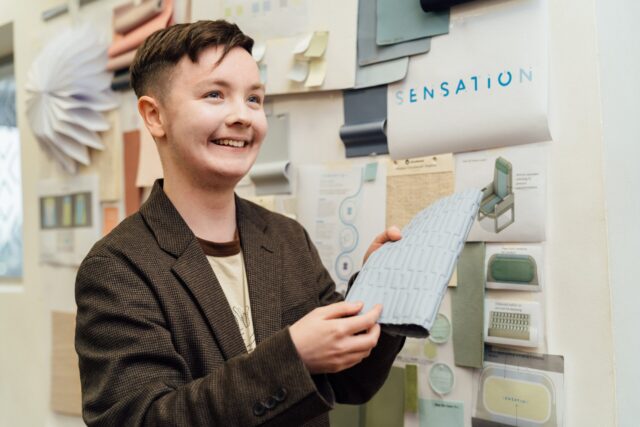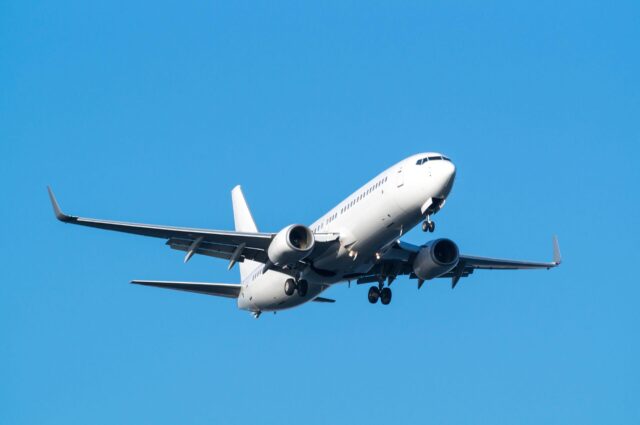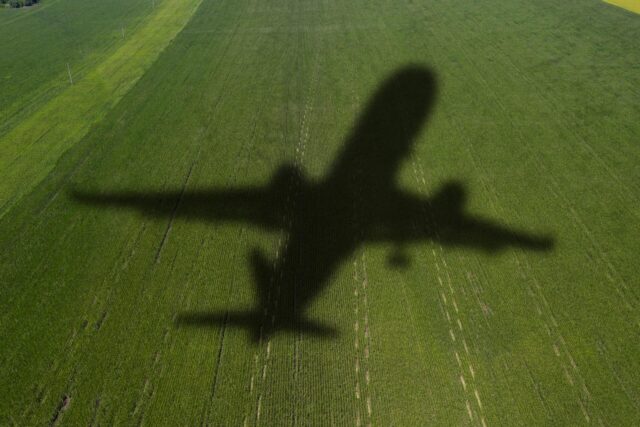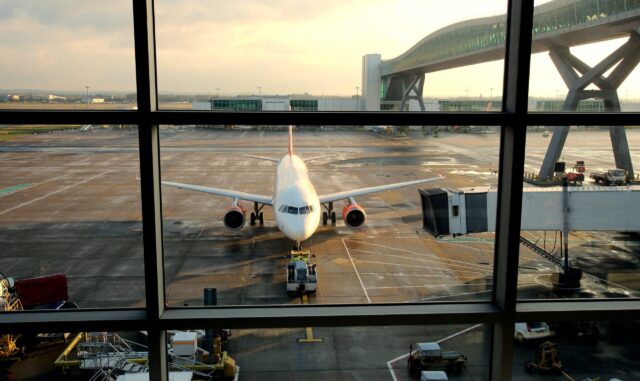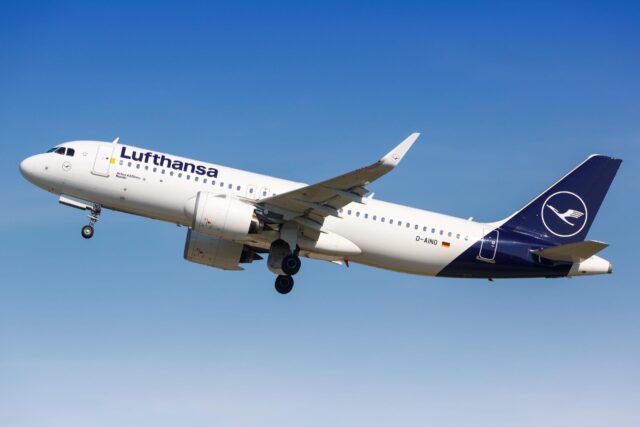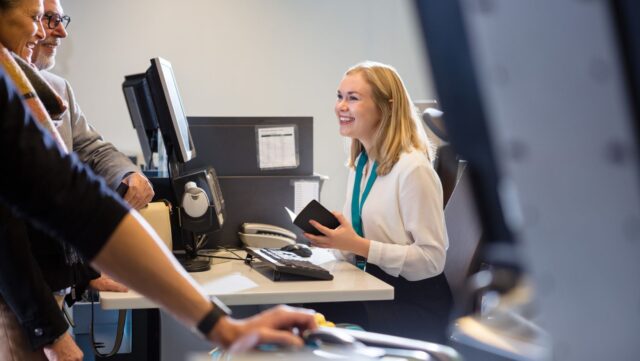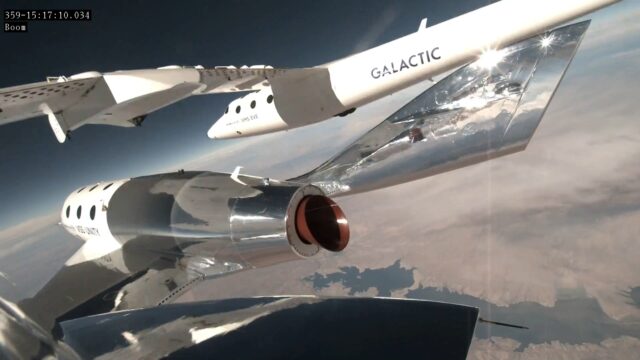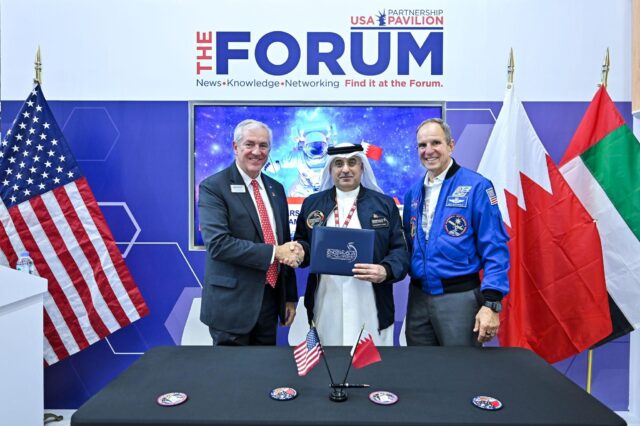IATA’s ‘SAF matchmaker’ tool to accelerate switch to sustainable fuel

June 27, 2025

A “matchmaker” platform that links airlines with sustainable aviation fuel (SAF) producers has been launched by the International Air Transport Association (IATA).
The initiative is aimed at boosting uptake of SAF within the aviation sector and comes as industry and government collaborates to increase its availability.
“To reach net zero carbon emissions by 2050, we need an accessible, transparent, liquid, and efficient SAF market,” explained Marie Owens Thomsen, IATA’s SVP sustainability and chief economist.
“The SAF Matchmaker is another example of the work that IATA is putting in place to create a fully functioning market for SAF.
“The SAF Matchmaker platform will accelerate the uptake of SAF by reducing the costs and complexity that airlines face when searching for SAF suppliers.”
How does it work?
IATA’s SAF Matchmaker initiative provides a central platform for those seeking to buy and sell SAF.
Specifically, it helps facilitate SAF procurement between airline customers and the energy companies producing the fuel by matching requests for SAF supply with offers.

When there is a match, airlines and suppliers can connect and take their negotiation offline to agree on specific terms including price and payment terms.
Hosted on the Aviation Energy Hub, the SAF Matchmaker supports spot purchases as well as off-take agreements and is initially available to airlines and SAF suppliers only.
In the future, other sustainable fuel buyers in non-aviation related industries are also expected to be able to use it.
Why is it needed?
IATA says the platform is needed to address three key challenges: efficiency, connectivity and visibility.
The airline association says it will simplify SAF procurement by making it easier and faster for all parties to connect without additional fees.
This in turn will drive further development of the voluntary market for SAF purchasing.
IATA’s platform will enhance connectivity by enabling SAF producers and suppliers to post available or planned SAF volumes, while airlines will be able to register their interest in purchasing shown or desired SAF volumes.
However any trade will be done away from the platform.

The platform also provides information regarding the available SAF, volumes, feedstock used, the location and technology of production, the emissions reductions, as well as compliance with the Carbon Offsetting Reduction Scheme for International Aviation (CORSIA) or the European Union’s Renewable Energy Directive (EU RED).
How much SAF is currently being used?
Since the first flight powered by sustainable aviation fuel (SAF) took off in 2008, demand for the low-carbon fuel has steadily grown.
To date, around 500,000 flights have used SAF blends.
While SAF still makes up less than 1% of global aviation fuel consumption, usage surged in 2023 to over 600 million litres, doubling the previous year.
The upward trajectory is expected to continue, with production forecast to exceed 2.7 billion litres in 2025, more than double the estimated 1.3 billion litres in 2024, highlighting the rapid scaling of the sector.
